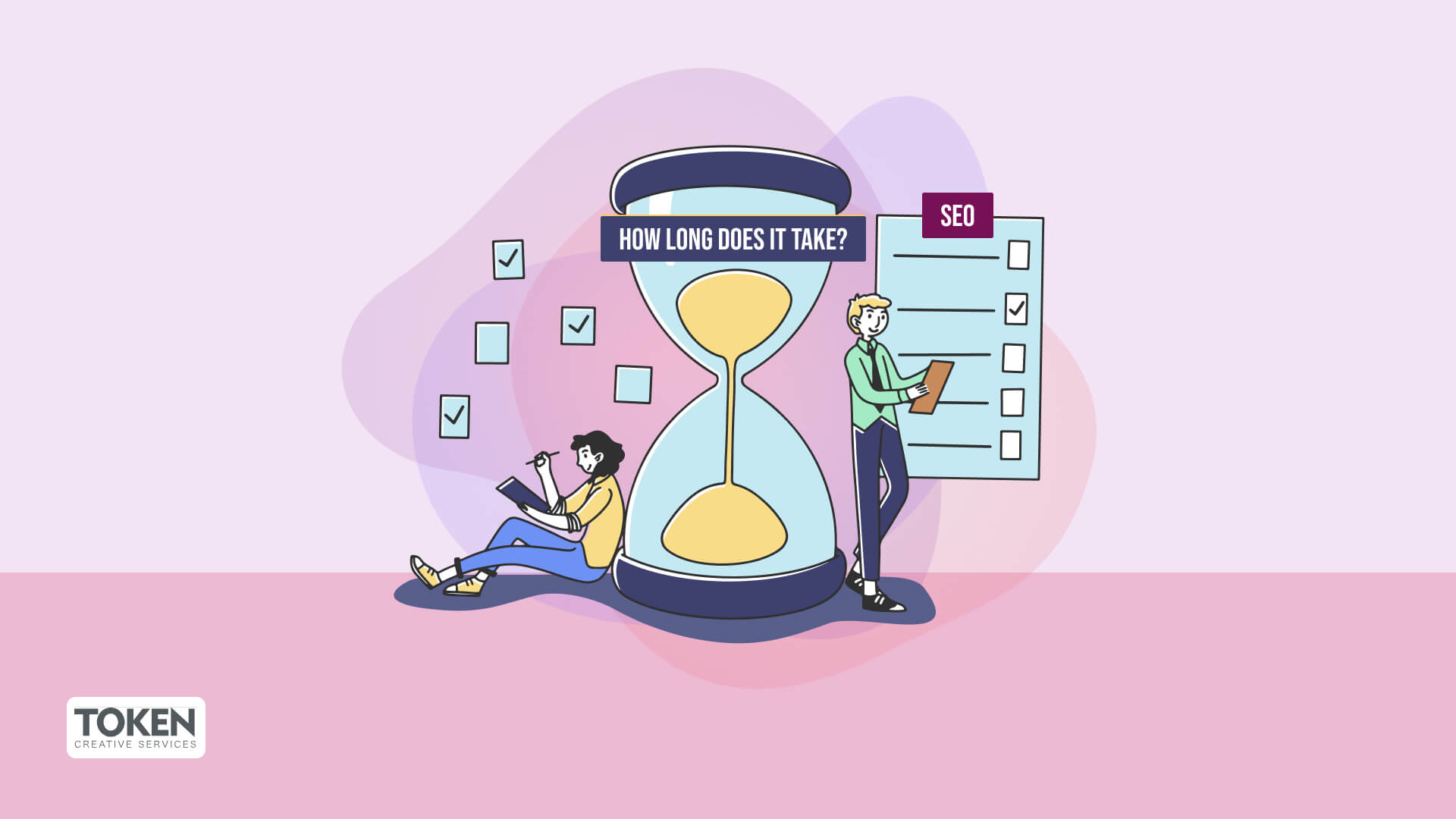
In today's online landscape, eCommerce SEO is a fundamental aspect of running a profitable internet store. With search engines being the primary source of traffic for most eCommerce businesses, enhancing your store for SEO can significantly influence your visibility, sales, and overall expansion. According to BrightEdge, over 53% of all website traffic comes from natural search, making it crucial for digital retailers to focus on SEO strategies that improve rankings and drive conversions. This manual will walk you through online store SEO strategies, best approaches, and practical data findings to help your business thrive in a competitive landscape.
Understanding eCommerce SEO and Its Significance
SEO for online stores goes beyond standard site enhancements. It includes improving item listings, collections, and the overall website structure to improve rankings and user experience. According to Moz, the top-ranking websites on Google receive 31.7% of all clicks, while lower-ranked listings get considerably less exposure. By implementing an effective eCommerce SEO strategy, businesses can drive organic traffic and minimize reliance on advertising-based advertising.
Key eCommerce SEO elementscomprise keyword analysis, site optimization, schema markup, site speed, and mobile-friendliness. Google’s mobile-first indexing further highlights the importance of enhancing for mobile-friendly stores, as over 72.9% of eCommerce transactions now come from smartphones and tablets (Insider Intelligence).
Keyword Research: The Backbone of eCommerce SEO
Proper eCommerce keyword analysis is essential for appearing higher in search results. By finding the right search terms, businesses can target prospective customers at various stages of the buying process.
Steps for Effective Keyword Discovery:
Identify Buyer Intent Keywords: Use platforms like Google Keyword Planner, Ahrefs, and SEMrush to discover high-converting buying-related keywords (e.g., "buy running shoes online").
Leverage Long-Tail Keywords: Phrases like "best running shoes for flat feet" often have less rivalry and better purchase likelihood.
Analyze Competitor Keywords: Platforms like SpyFu and Ubersuggest help uncover keywords that generate visitors to competitor sites.
Optimizing Product and Category Pages for SEO
Product and category keyword targeting pages serve a vital function in eCommerce SEO. Optimizing these sections guarantees better rankings and a seamless user experience.
Best Methods for Item Page SEO:
Use Unique Item Descriptions: Avoid duplicate text by writing custom descriptions.
Optimize Title Tags & Meta Descriptions: Include main keywords while keeping them appealing and concise.
Add Clear Images with Alt Text: Improves search ranking site traffic and betters UX.
Internal Linking: Direct customers and crawlers to related items and collections.
Increase Your Online Store Sales with Expert SEO
Struggling to boost your position and drive more traffic to your digital shop? Token Creative Services specializes in eCommerce SEO that boosts online exposure, attracts the right audience, and increases conversions.
Get found. Get sales. Stay competitive SEO tactics ahead of the competition.
Let’s talk for a customized SEO solution that delivers real results.
Conclusion
Online store SEO is a continuous effort that requires strategic approach, execution, and consistency. By following best methods, improving product and collection listings, and concentrating on technical SEO, online stores can experience long-term growth. As Google algorithms keep to change, staying updated with the newest eCommerce SEO trends is essential.
Are you prepared to elevate your online store to the higher stage? Start improving today.
Comments on “The Ultimate eCommerce SEO Guide: Strategies, Tricks & Best Methods for Digital Growth”